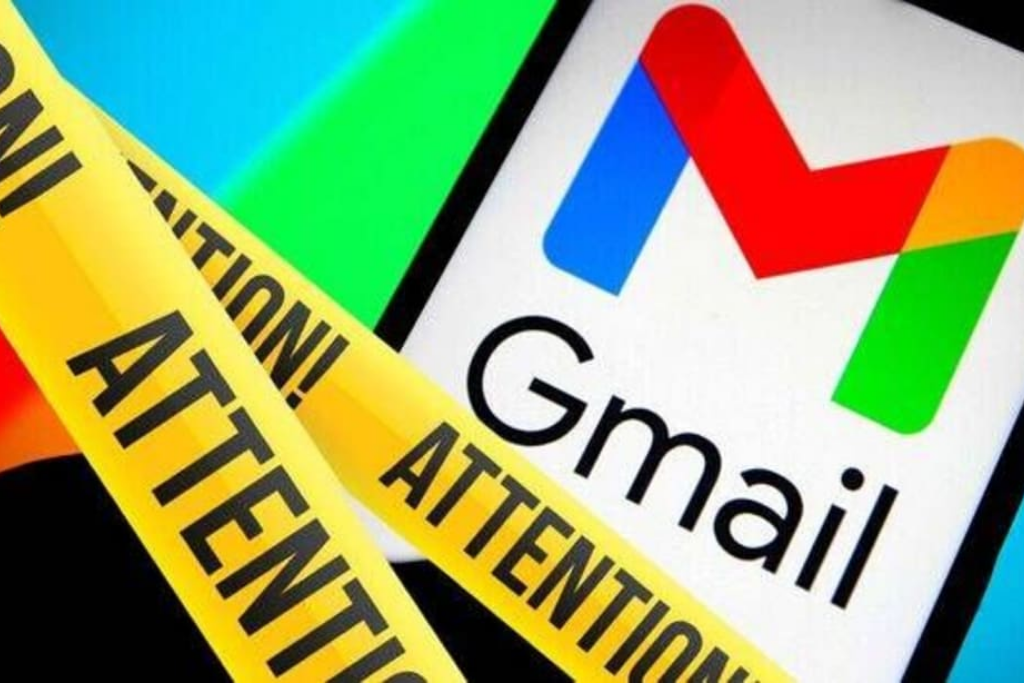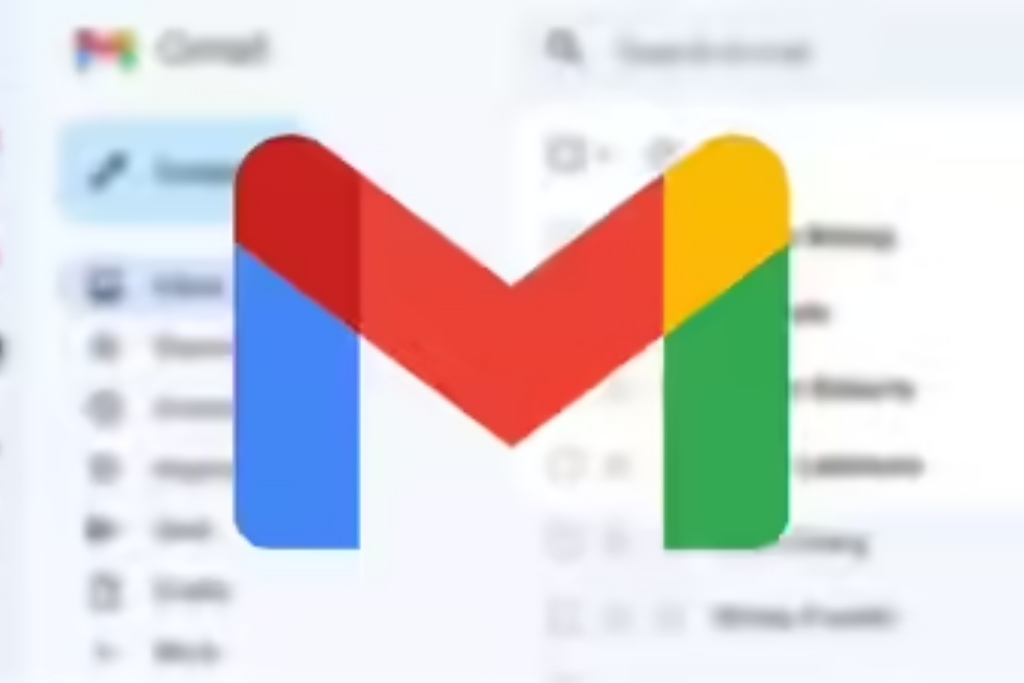1. Introduction
If you are a Gmail user, you may have recently noticed a Google emergency warning pop up in your inbox. These security alerts can be alarming, especially when they mention unusual activity, password breaches, or suspicious logins. With rising cyberattacks and incidents like the Salesforce data breach, online safety has never been more important. In this blog, we’ll break down what these warnings mean, how to identify genuine alerts, and how to ensure user safety with steps like two-factor authentication.
2. What is a Google Emergency Warning in Gmail?
A Google emergency warning is a notification sent by Google when it detects potential threats to your account. This could include suspicious login attempts, compromised passwords, or unusual account activity. The goal is simple: to protect Gmail users from hackers and phishing scams.
However, scammers often try to mimic these official alerts, sending fake security warnings designed to steal personal information. That’s why knowing the difference is crucial for user safety. Learn more from Google’s official security center.

3. Why Does Gmail Show Emergency Warnings?
Google takes the protection of Gmail users seriously. Its advanced AI and security systems constantly monitor for:
- Phishing attempts where attackers impersonate trusted companies.
- Data breaches, such as the recent Salesforce data breach, where stolen credentials may circulate online.
- Unusual login activity, like someone trying to sign in from a new device or location.
When something suspicious is detected, Gmail triggers an emergency warning to alert you immediately. You can read how Google detects suspicious activity.
4. How to Identify a Genuine Google Emergency Warning
Not every email with a security alert is real. Scammers know that fear makes people act quickly, so they send fake warnings to trick Gmail users.
Here’s how to spot the difference:
✅ Real Google warnings will:
- Come from @google.com domains.
- Provide a direct link to your account security page.
- Avoid spelling or grammar mistakes.
❌ Fake warnings often:
- Use urgent scare tactics (“Your account will be deleted in 24 hours”).
- Contain suspicious links unrelated to Google.
- Request sensitive details like passwords or credit card numbers.
Check Google’s tips for spotting phishing emails.
5. What to Do When You Receive a Google Emergency Warning
If you see an emergency warning in your Gmail:
- Don’t panic – read the alert carefully.
- Check the sender address to confirm it’s from Google.
- Go to your account security page by typing myaccount.google.com directly in your browser instead of clicking links.
- Review recent activity to see if there are unauthorized logins.
- If the warning is real, follow Google’s instructions to secure your account.
6. Safety Tips to Protect Your Gmail Account
The best way to handle a security alert is to prevent it from happening in the first place. Follow these user safety tips:
- Enable two-factor authentication (2FA): This adds an extra layer of security by requiring a code from your phone.
- Use strong, unique passwords: You can try a password manager like 1Password or Bitwarden.
- Update recovery options: Keep your backup email and phone number up-to-date.
- Regularly monitor activity: Use Google Security Checkup.
- Beware of phishing emails: Never click on links from unknown senders.

7. Common Scams Masquerading as Google Emergency Warnings
Some of the most common fake alerts include:
- “Account suspension” messages threatening to lock your Gmail.
- Fake “password reset requests” that lead to phishing websites.
- Scams claiming your account is linked to breaches like the Salesforce data breach.
8. What to Do If You Fell for a Fake Warning
Mistakes happen. If you clicked a fake Google emergency warning link or entered your credentials, act fast:
- Change your password immediately via Google Account Recovery.
- Enable two-factor authentication if it’s not already active.
- Review account activity and sign out of suspicious devices.
- Report phishing attempts directly to Google using this form.
- Monitor your accounts for unusual activity, especially if you use the same credentials elsewhere.
9. Conclusion
A Google emergency warning is meant to safeguard Gmail users against cyber threats. While genuine alerts are vital for user safety, fake warnings are equally common and dangerous. By learning how to identify real security alerts, enabling two-factor authentication, and staying cautious of phishing scams, you can keep your Gmail account secure.
Remember: when in doubt, always go directly to your Google account security page instead of clicking links inside emails.
Meet the Samsung Galaxy A17 5G — a sleek 6.7″ Super AMOLED phone with 50 MP OIS camera, 5000 mAh battery, 6 years of updates, and blazing 5G performance — all starting at just ₹18,999! – Read More


2 Comments